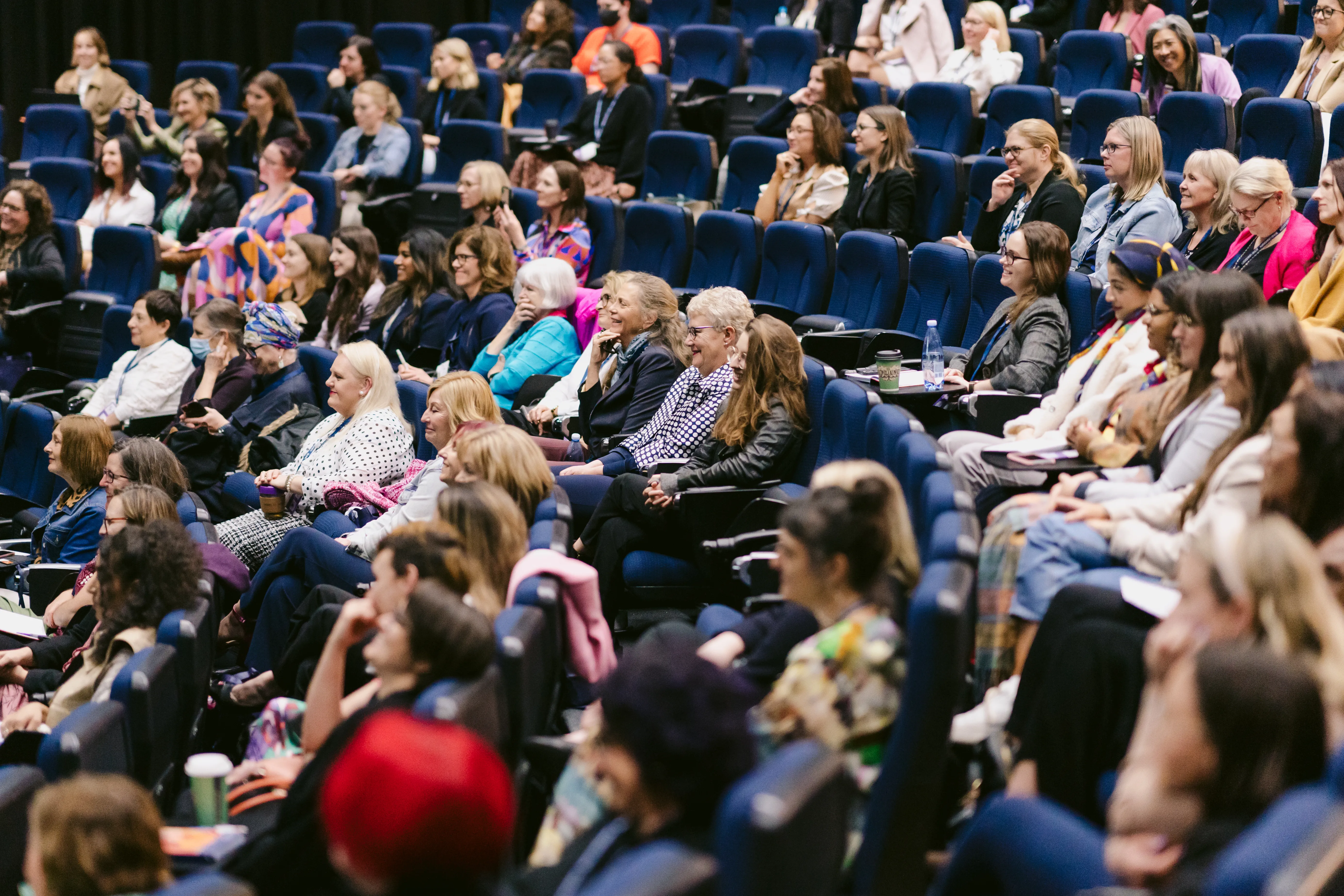National strategy to achieve gender equality
- Women in Media

- Apr 21, 2023
- 3 min read

We have all heard the buzz phrases.
Women suffer from “imposter syndrome”. Women don’t ask for a pay rise. Women’s careers stagnate because they have children.
It is convenient to blame individuals when the crux of the issue is structural gender inequalities, such as pay imbalances, inflexible work arrangements and unclear pathways to promotion, which hinder their career progress in the media.
A robust, inclusive and diverse media industry is crucial for modern democracy.
To accurately reflect Australian society, women must be seen and heard in the media by sharing their expertise, opinions, and comments on issues.
And it matters who tells the stories and who decides which stories are told.
Women in Media strives to be part of the solution to addressing gender inequity in the media landscape by empowering women to secure jobs, progress in their careers and thrive at work as well as ensuring female voices come to the fore as sources in stories.
With this in mind, our non-profit organisation has invested in research to chart the position of women in the media and present considered ideas to improve their lot.
Conducted with research partner Isentia, the Women in Media Gender Scorecard reveals males dominate as bylined authors, sources and experts.
Women account for only 43% of bylined authors but the gender divide is more pronounced in the coverage of sport [18%], politics [41%], and finance [37%].
It finds that men account for 70% of quoted sources, with a similarly high figure for cited experts.
Based on the current trajectory, it will take a decade to achieve equal representation of women as authors, experts, and sources in the media.
Women in Media believes that is too long to wait and calls on key players to take proactive steps to bridge the divide.
Industry and organisations should develop female sources and experts to speak to the media. Review and assess levels of female representation, invest in training and development of spokeswomen, and commit to monitoring results;
Media companies should increase female bylines to achieve 50:50 representation;
Media companies should particularly tackle the gender imbalance in the coverage of sport, politics, and finance; and
Media companies must commit to inclusion and diversity in leadership positions.
The latest survey of our members, released in the Women in Media Industry Insight Report, highlights the industry has far to go.
In recent years women outnumber men when it comes to graduating with journalism, marketing and communications degrees.
But the pay gap is 16%, which outstrips the national average.
More than half of the women surveyed rate the media industry’s commitment to gender equality as weak, while 56% of women are dissatisfied with their progression at work or are unsure how to advance their careers.
Structural gender discrimination and entrenched workplace cultures keep women in lower-paid, less-powerful positions.
The key roadblocks are the industry’s level of commitment to addressing gender equality and pay parity, unclear pathways to promotion, lack of support from leadership and direct managers, and limited access to training.
The Women in Media community believe the media sector can shift the dial by rolling out:
Gender pay audits to address the higher-than-average industry pay gap;
Shadowing programs to provide access to leaders and hands-on learning;
Support from leadership and direct managers to create pathways to growth and career success; and
Micro-learning to build digital and other relevant skills
As an organisation, Women in Media believes in creating a safe space to openly discuss the challenges and obstacles women face in their careers without fear of judgment or discrimination. By bringing attention to the gender disparities that women face in the media industry we aim to empower women to take charge of their careers and pursue leadership roles while drawing attention to systemic issues that require action from industry and stakeholders.
Women in Media is a not-for-profit organisation that exists to help women in media excel, learn, contribute, and connect.
With more than 6000 members nationwide and branches in each state and territory, members work in all facets of the media including journalism, communications, production, public relations, publishing, and digital media.
We appreciate the opportunity to contribute to this important discussion and are committed to participating in efforts to increase gender equality, extend leadership and economic participation opportunities for women, and build a safer, more respectful culture in Australian workplaces.











